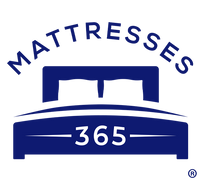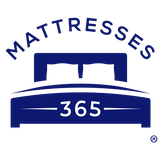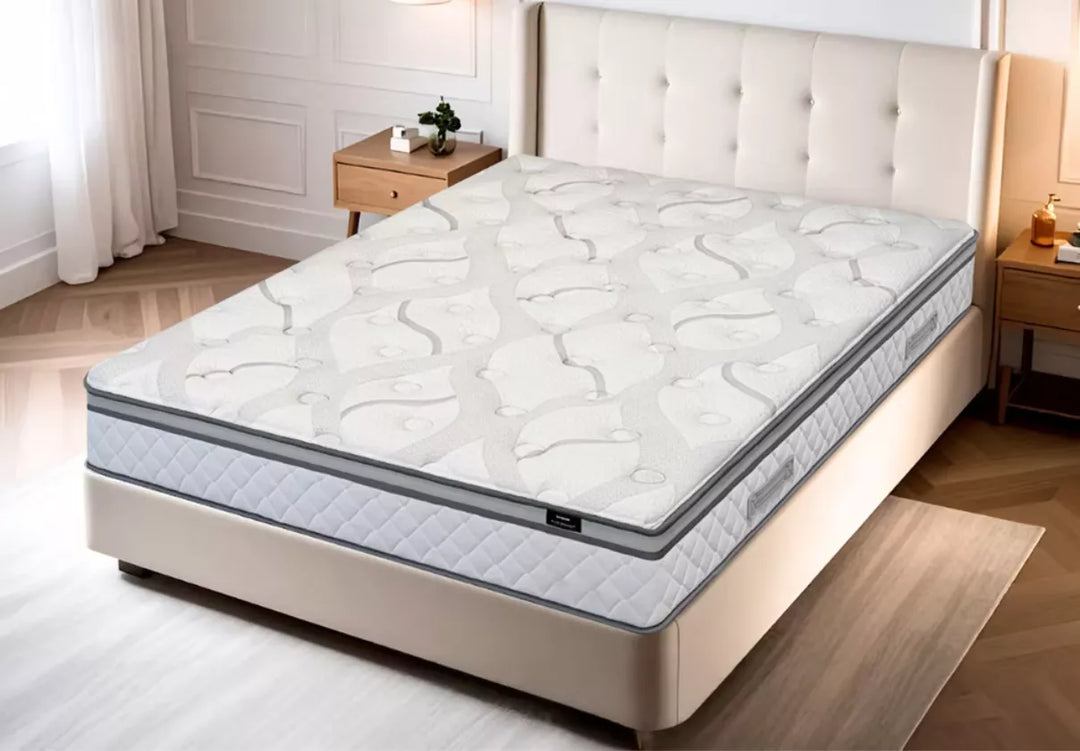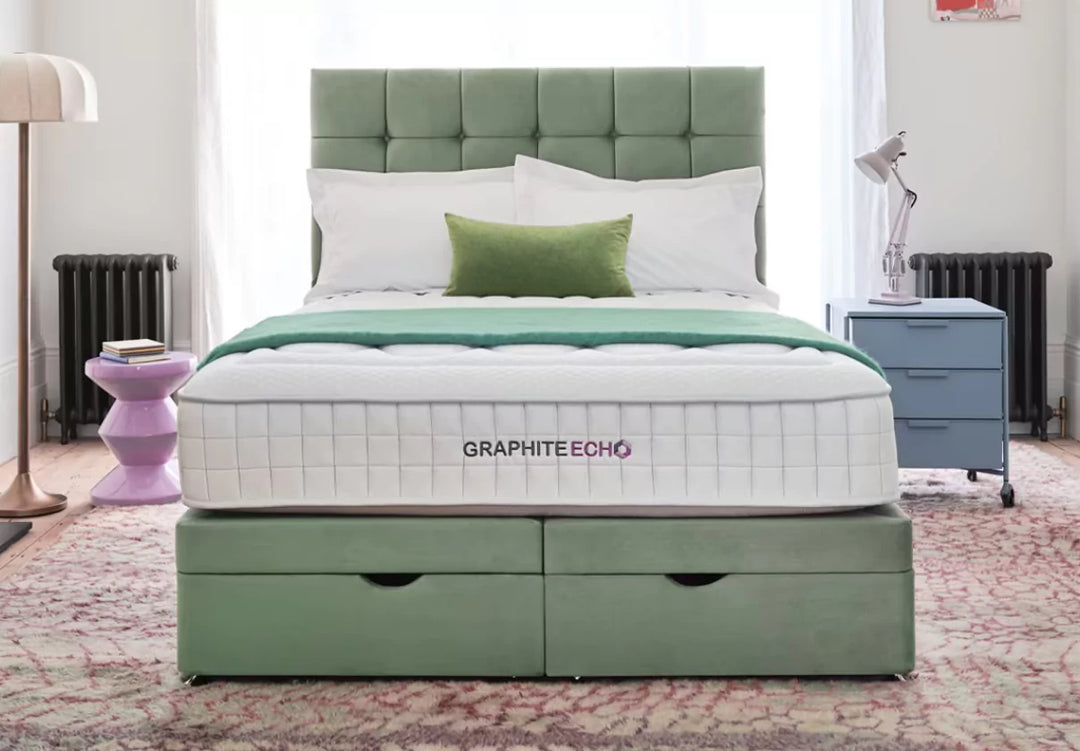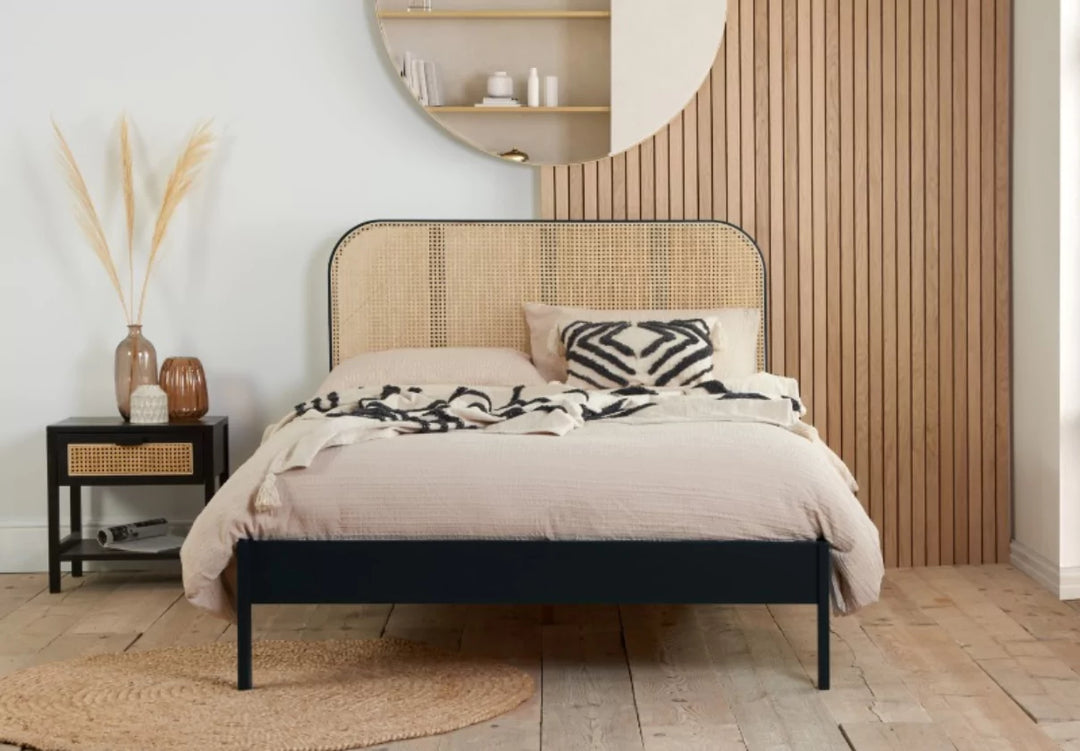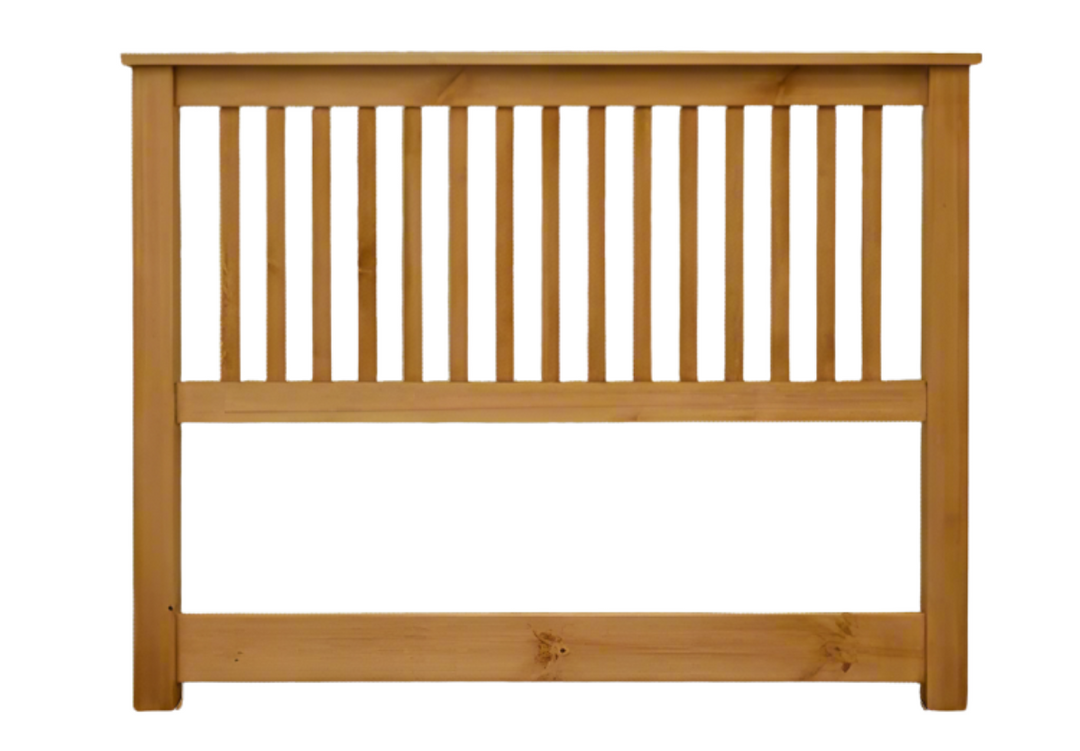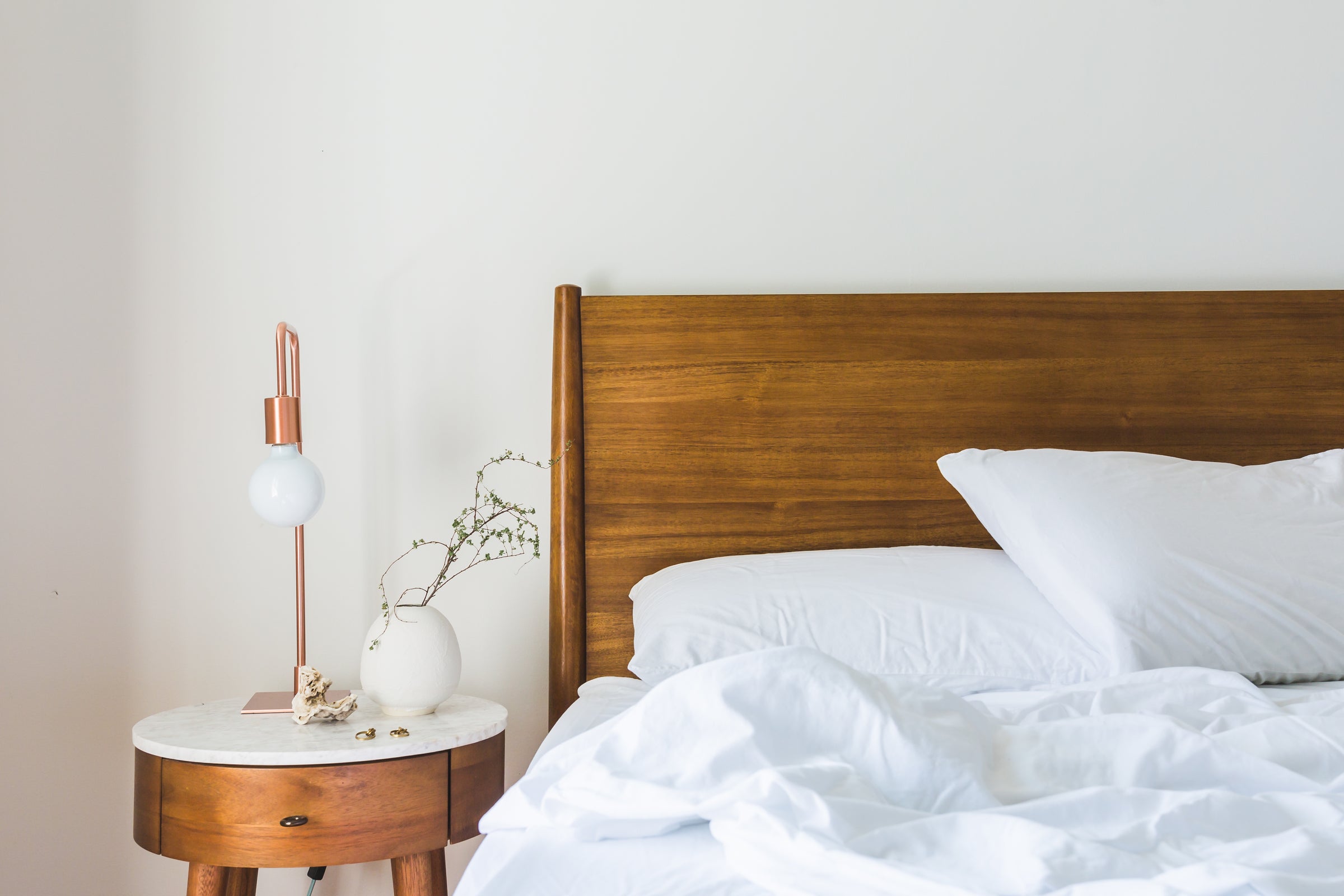
How to Attach a Headboard
Elevate Your Bedroom Style by Installing Your Headboard with Ease
The headboard of your bed not only serves as a functional piece providing support and comfort but also acts as a key element in the overall aesthetic of your bedroom. Discover an extensive range of exceptional headboards from renowned brands such as Hypnos, Sleepeezee, Friendship Mills, and more. Our selection include various styles and features, including Floor Standing Headboards, Wooden Headboards and Upholstered Headboard, to name but a few.
In this guide, we will take you through the step-by-step process of attaching a headboard to your bed frame, allowing you to transform your bedroom and create a space that reflects your personal style and taste. From choosing the right tools to ensuring a secure and sturdy installation, we'll provide you with all the information you need to successfully attach a headboard and elevate the look and feel of your bedroom. Get ready to unleash your creativity and embark on a fulfilling journey of constructing your very own bed frame.
What is the difference between a floor standing headboard and a strutted headboard?
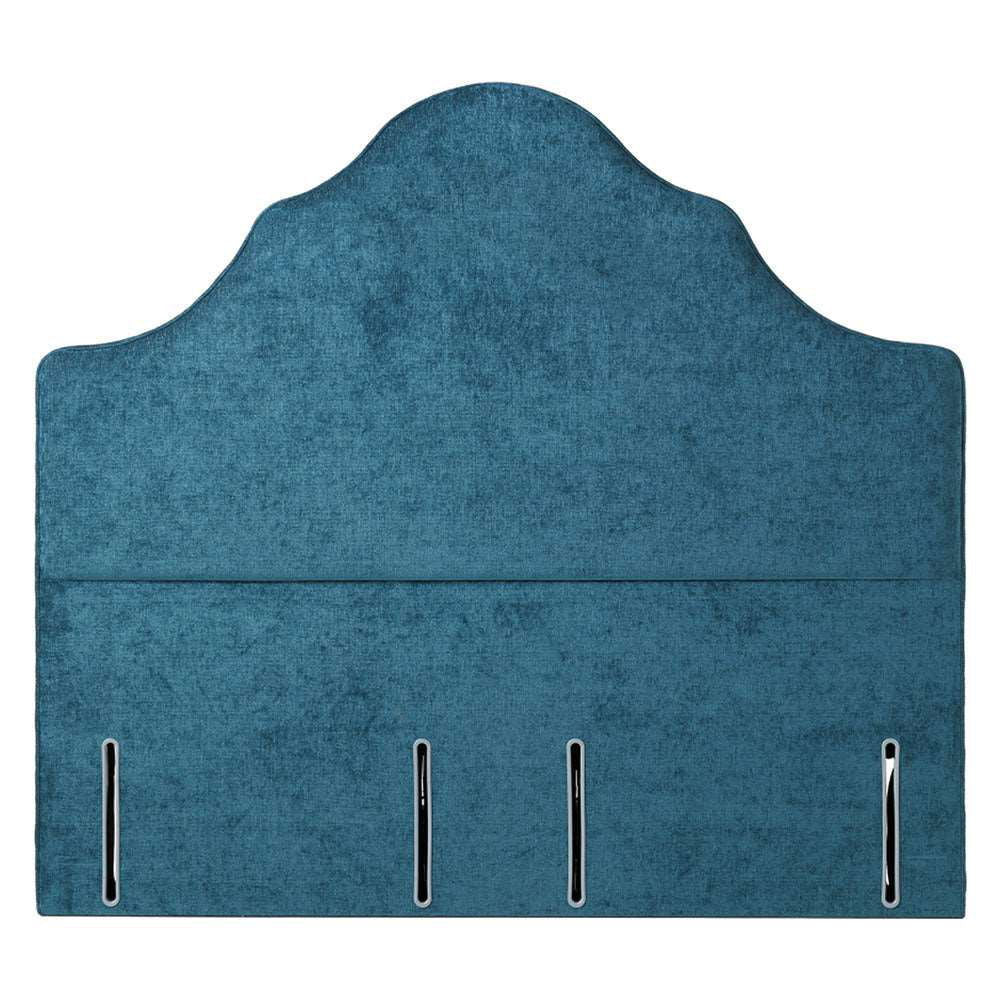
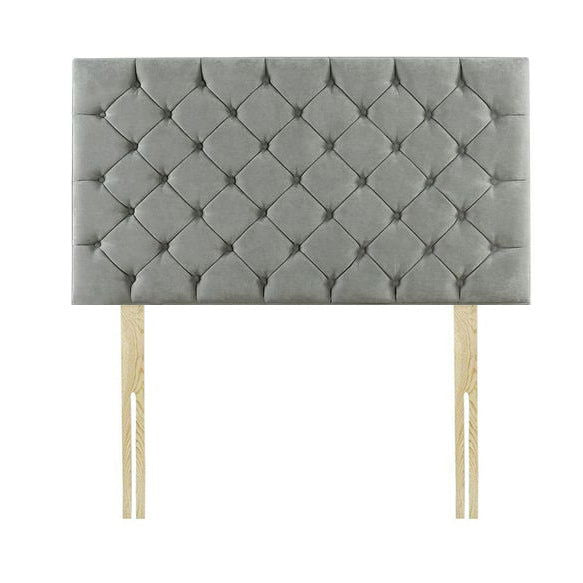
Floor Standing Headboard
These headboards stand independently on the floor behind your bed. They are generally more versatile, as they can be repositioned or moved without altering the bed frame or wall. Most floor standing headboards come with pre-installed mounting holes or brackets for easy attachment.
Strutted Headboard
These headboards attach directly to the bed frame using struts or supports. They don’t touch the floor and are often a sleeker, minimalist option. These headboards can be attached to the bed frame or even directly to the wall, depending on the design.
HOW TO ATTACH A FLOOR STANDING HEADBOARD
✔️ Ensure Bed Frame Stability: Before attaching your headboard, make sure your bed frame is fully assembled and stable. A stable bed frame provides a secure foundation for attaching the headboard.
✔️ Position the Headboard: Place the floor standing headboard at the head of the bed. Make sure it’s centered and aligned at your desired height.
✔️ Check for Attachment Brackets: Many floor standing headboards come with pre-installed brackets or mounting holes. If your headboard lacks these, you will need to purchase separate hardware for attachment.
✔️ Align Brackets: Once the headboard is in place, align the brackets on the headboard with the corresponding holes on the bed frame.
✔️ Secure the Headboard: Use screws or bolts to secure the headboard to the bed frame, ensuring they are tightly fastened with a screwdriver or wrench.
✔️ Double-Check Stability: Gently shake the headboard to ensure it is securely attached. Tighten any loose screws or bolts.
✔️ Finishing Touches: Make final adjustments to ensure the headboard is straight, then add any decorative elements to complete the look.
HOW TO ATTACH A STRUTTED HEADBOARD
✔️ Position the Headboard: Place the strutted headboard against the bed frame, ensuring it’s centered and aligned at the right height.
✔️ Locate Attachment Points: Identify the pre-drilled holes or brackets on the bed frame where the struts will be attached.
✔️ Secure the Headboard: Attach the struts to the frame using screws or bolts. Tighten with a screwdriver or wrench.
ATTACHING TO THE WALL:
✔️ Mark Mounting Points: Use a pencil to mark the wall where the struts will be secured.
✔️ Install Wall Anchors: Depending on the wall type, you may need to install wall anchors for extra support.
✔️ Secure the Headboard: Use screws or bolts to attach the struts to the wall, making sure everything is level and tight.
✔️ Check Stability: After securing the headboard, give it a gentle shake to ensure it’s stable. If necessary, tighten the screws or bolts further.
WHAT TOOLS DO YOU NEED?
To attach a headboard, you will need a few basic tools:
✔️ Screwdriver or Allen Wrench: For tightening screws or bolts.
✔️ Adjustable Wrench: To tighten nuts or bolts.
✔️ Power Drill: For wall-mounted headboards or creating pilot holes.
✔️ Measuring Tape and Level: To ensure proper alignment.
✔️ Wall Anchors (if needed): For mounting on the wall.
